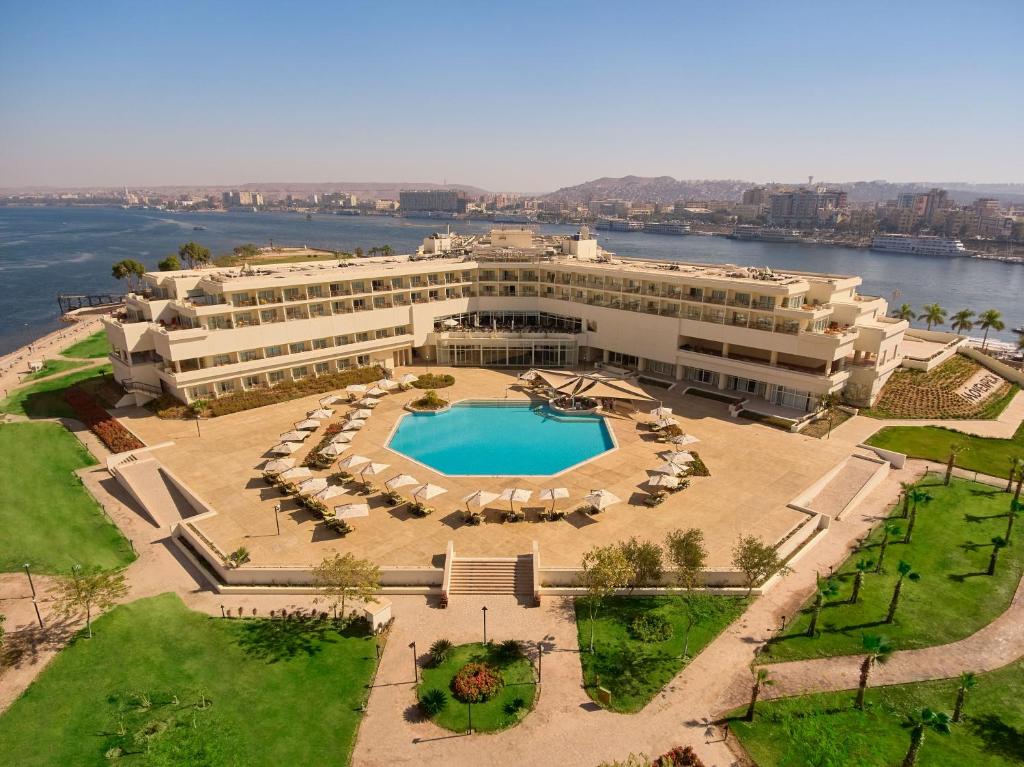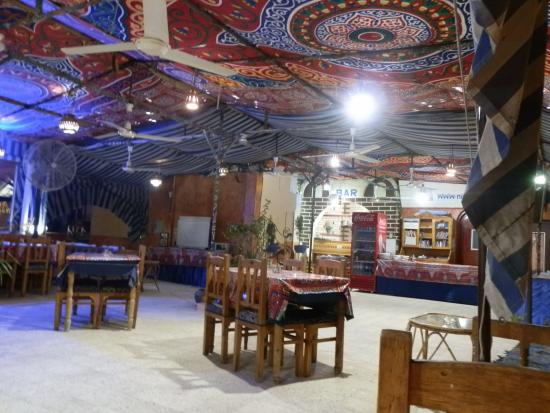Minya
WELCOME TO Minya
Province Overview
Minya
32,279 km2
5.8 million
Arabic

Popular
Geography and Tourist Attractions
Information about the province's tourist attractions, including popular destinations, events, and activities.

Beni Hassan

Tuna el-Gebel

Tell El-Amarna
Political
Economy and Government
The economy of Minya, Egypt, is predominantly based on agriculture, with the fertile Nile Valley playing a crucial role. The province is known for its production of various crops, including cotton, corn, wheat, sugar cane, and vegetables. Farmers in Minya rely on irrigation systems to cultivate their lands and contribute significantly to the agricultural output of Egypt. Additionally, Minya is home to several small industries, including textile manufacturing, food processing, and ceramics production.
In terms of governance, Minya is governed by a provincial administration headed by a governor appointed by the central government. The governor oversees the implementation of government policies and initiatives in the province. The provincial administration works in coordination with various governmental departments to ensure the delivery of public services, infrastructure development, and economic growth in Minya.
The government of Egypt, at both the national and provincial levels, focuses on promoting investment, improving infrastructure, and creating job opportunities to stimulate economic development in Minya. Efforts are also made to enhance education, healthcare, and social services to uplift the standard of living for the residents of the province. The government's commitment to fostering economic growth and improving the welfare of the population plays a vital role in shaping the economy and governance of Minya province.

History
History and Culture
Minya province in Egypt boasts a rich history and vibrant cultural heritage that dates back thousands of years. The region has witnessed the rise and fall of various civilizations, leaving behind significant historical landmarks and cultural traditions.
Historically, Minya was a strategic location for ancient Egyptian civilization, serving as a gateway between Upper and Lower Egypt. The province is home to numerous archaeological sites, including the famed Beni Hassan and Tuna el-Gebel, which showcase ancient tombs, temples, and ruins. These sites offer invaluable insights into the art, architecture, and religious practices of ancient Egypt.
Minya's cultural heritage is a tapestry woven from the influences of ancient Egyptian, Coptic Christian, and Islamic traditions. The province is renowned for its Coptic heritage, with several monasteries and churches scattered throughout the region. These religious sites are not only architectural marvels but also important pilgrimage destinations for Coptic Christians.
The people of Minya have preserved their cultural traditions, including traditional music, folk dances, and handicrafts. Festivals and celebrations, such as the Sham el-Nessim and the Mulid of Abu Harairah, provide opportunities for locals and visitors to experience the province's lively cultural scene.
Overall, Minya province stands as a testament to Egypt's diverse history and cultural tapestry, offering a glimpse into the rich past and vibrant present of this remarkable region.
HOTELS

Moevenpick Resort Aswan

Mercure Luxor Karnak

Steigenberger Nile Palace Hotel
RESTAURANTS

Felfela

Nile Valley Restaurant

